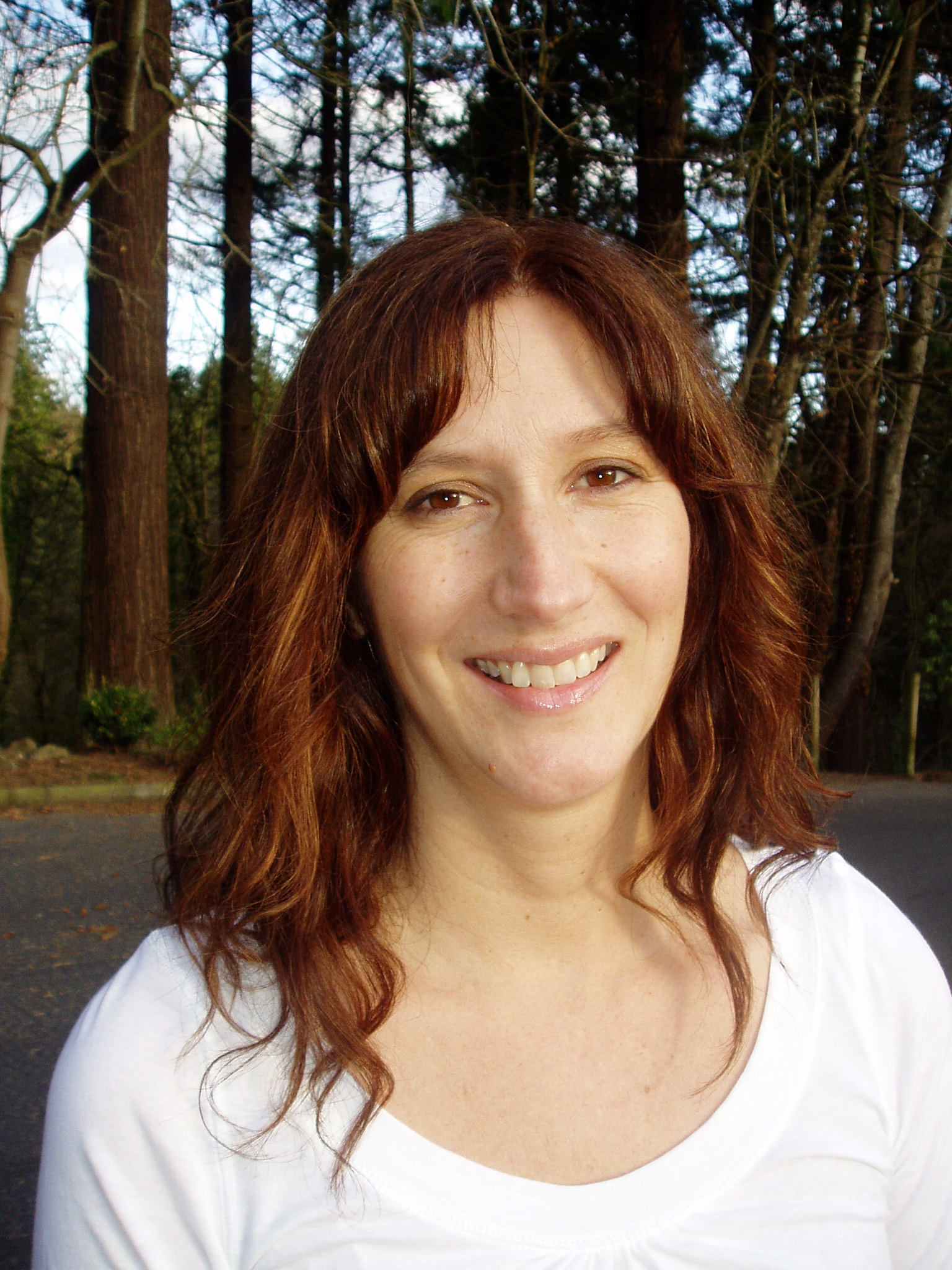I really look forward to the holiday season. I know it will be extra busy, but I hope it will also be fun. I try to minimize the sense of endless shopping, and I hope be able to spend extra time with the people I love doing special things. In my family, Christmas was always a time for getting together, but like a lot of people, I didn’t feel like I had a lot of traditions for the season beyond making a beautiful Christmas dinner and giving gifts on Christmas day. Once I had kids, I really wanted to establish traditions, but I am not too interested in making up rituals without a connection to a larger story about the world. Though I am not Christian, Christmas seems to me important in its focus on getting outside of ourselves, of giving, of imagining a joyous and peaceful world. I want to connect to that. And I need stories for that. I also feel drawn to pre-Christian traditions and traditions from other cultures that are rooted in nature and the seasons. I particularly like folklore that focuses on the winter solstice and lighting up the darkest day of the year with joy, love, laughter, play and a dream of peace. In future posts, I plan on focusing on some of these stories, symbols and archetypes.
For now, I want to suggest seeing the whole holiday season as a ritual — not in the sense that we often mean in the West, a repetitive habit that feels good to us, like morning coffee, but in the anthropological view. In 1969, Victor Turner wrote a book called, The Ritual Process: Structure and Anti-Structure. He was looking at aspects of African rituals, but he also applied them cross-culturally. He identified aspects of the ritual process that have proven to be common in many cultures. Anthropologist and folklorists now use his concepts as a base for all kind of analyses of religion, ritual, and people’s relationships to social power and social structures. I think we can use his ideas to make a little sense of our Christmas holidays in America. Turner identified two categories of ritual, individual and collective. An individual might go through coming of age or a marriage ritual, a graduation, or a passage into death. As a community, seasonal holidays are rites of passage that mark the turning of the seasons and the passage of time. Christmas is a ritual process, though we are not always aware of it.
Turner’s analysis of ritual begins with a separation from normal time. We cross the threshold, as he put it. In the US, we might do this right before or after Thanksgiving. We enter “the holidaze.” Once we are away from normal life, rituals are characterized by the use of acts and symbols that demonstrate three main charactersistics, according to Turner: the sacra or the sacred, the liminal (a complicated idea that can be briefly summarized as flipping hierarchies, comically pretending to be the opposite of what one is, or valuing what is usually not valued), and communitas, a sense of oneness with community. Then, after going through the process (often an unusual or socially disorienting one), we come out the other side, we re-aggragate with our normal community and group, strengthened by being outside of the normal structures, we re-enter the structure with renewed enthusiasm by making our resolutions for how we will live that life at the new year.
Obviously, the winter holidays in America are celebrated in different ways by those of different cultures, and many people who celebrate Christmas do it in a very “watered down” way. Still even a non-Christian Christmas does follow the ritual process. For many, the sacred aspect of Christmas is focused on communitas — a sense of oneness with all of humanity and all of nature “in all its beauty,” as Einstein put it. And this is also a time of sacredness for those who celebrate the solstice and other cultures often hold the darkest part of the year sacred. It is often a time to find hope through festivals of lights. We also party, dress up, sing, drink too much, wear silly hats, talk about flying reindeer and elves that come down chimneys, put up lights and give rather than take. I’d argue that giving itself is liminal in America, since we usually value getting. It’s a flip of our usual values. But you could also say that all the eating, drinking, Santa outfits and rudolf noses are acts remininscence of Saturnalia, that Roman holiday that Christmas replaced, a carnival where the rich played poor jokers and paupers, and the poor pretended to be kings (think Mardi Gras). Everybody drank, ate and played way past their bedtimes. We do that too, though in a fairly tame way for many. However they celebrate most people do it in the spirit of getting closer to those around them. We sing and make music that reminds us that we are all in this together; we are all one. And then after the extravaganza. and the max out on Christmas cookies and credit cards, we have some coffee, gather clean up all the paper, the gift receipts and the empty drink cups and make our resolutions for re-entering normal life.
Now, if you think I’m stretching the way most people celebrate the holidays to make it fit this more meaningful ritual process, that is my point. Maybe thinking about the holidays as a ritual process that has a purpose and history that goes beyond us and our time could help us connect to our traditions. It also might help us see how some of our consumer-driven habits came out older cultural, spiritual traditions. Then, when we are tempted by some silly end aisle display with $8 candies, we can ask ourselves, “what more meaningful tradition or symbol am I chasing down right now and why?”

